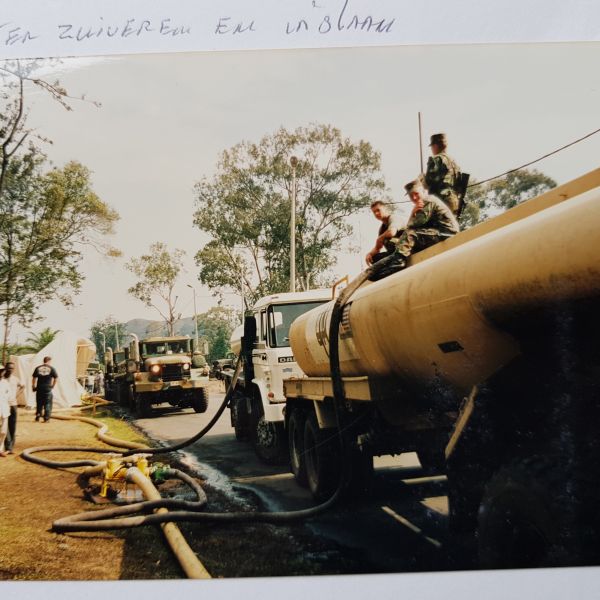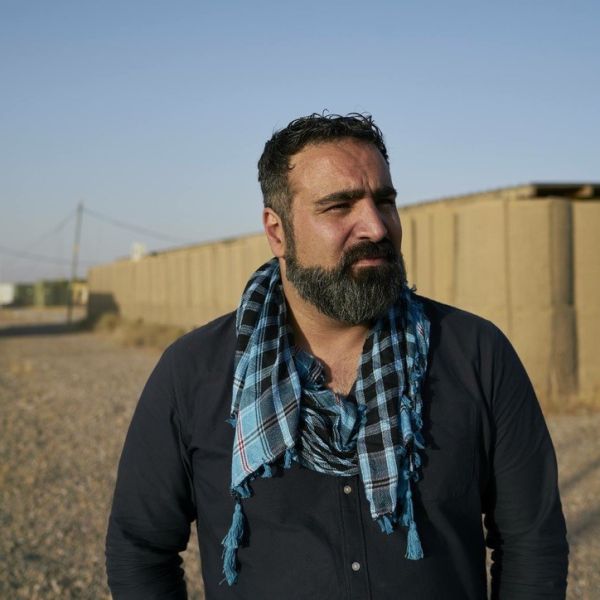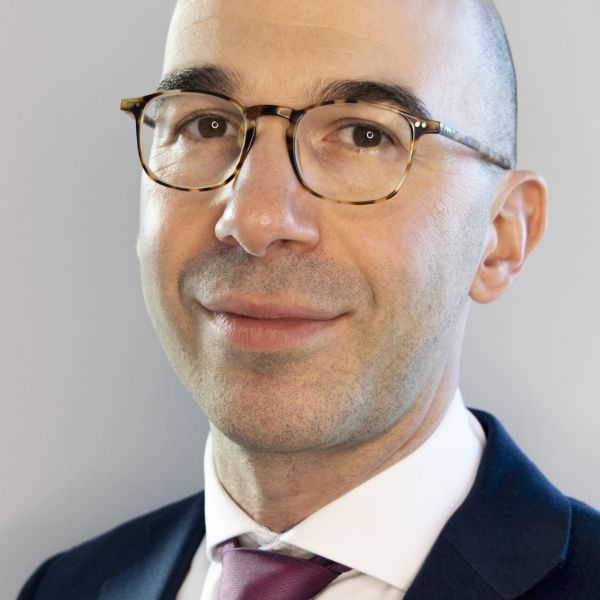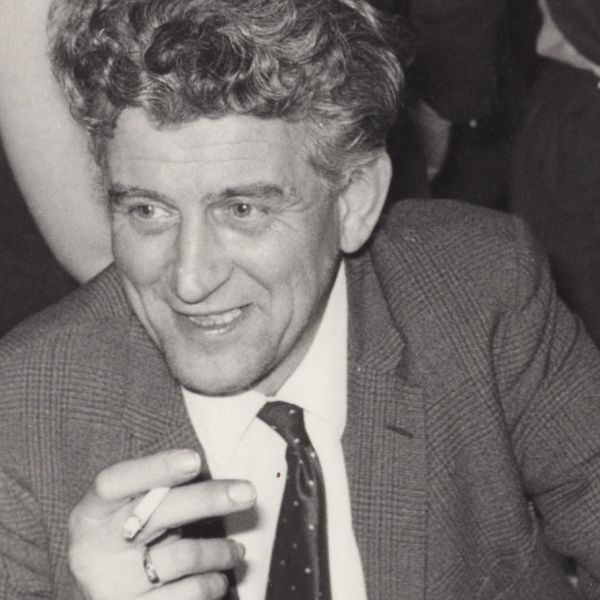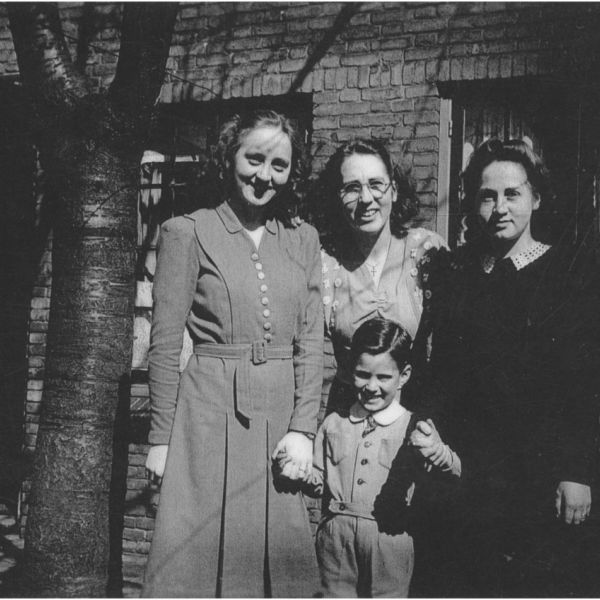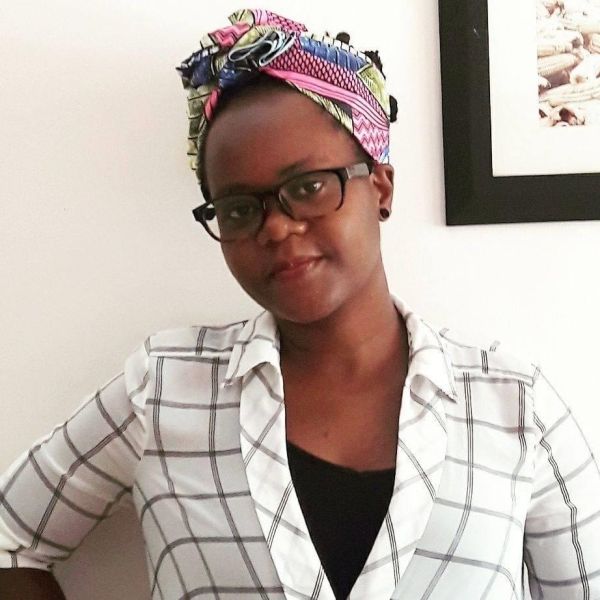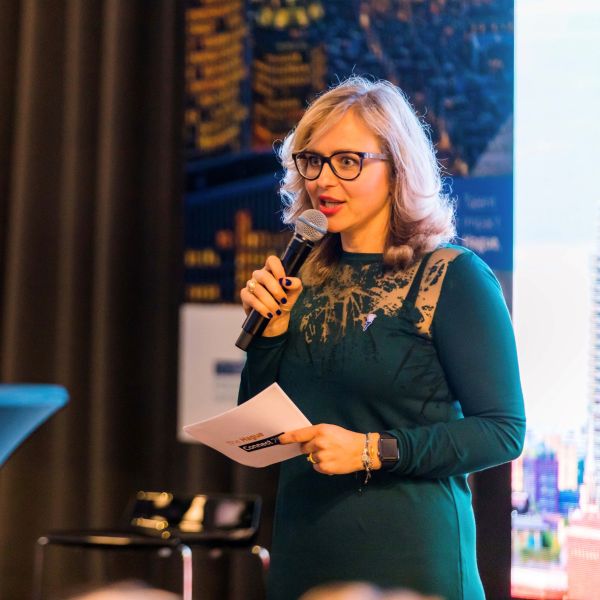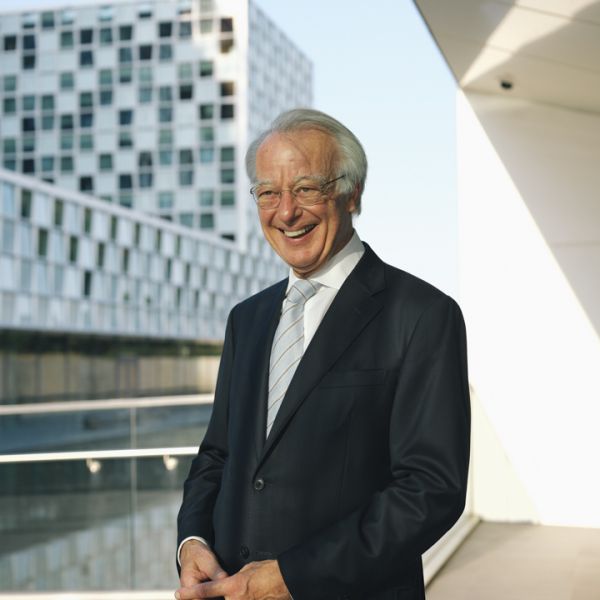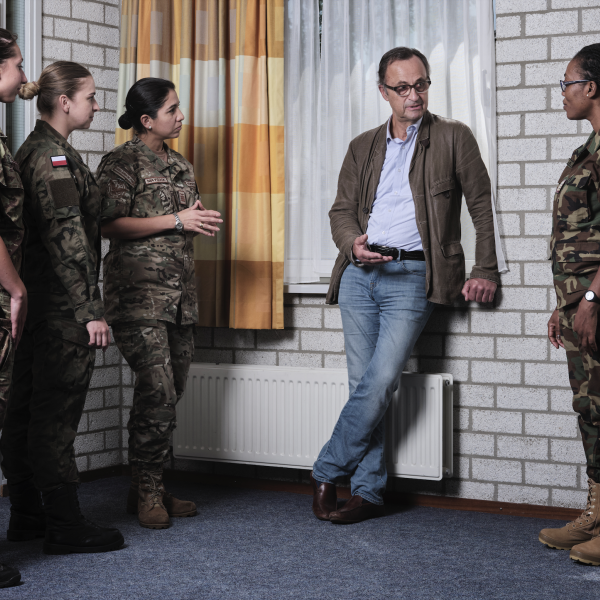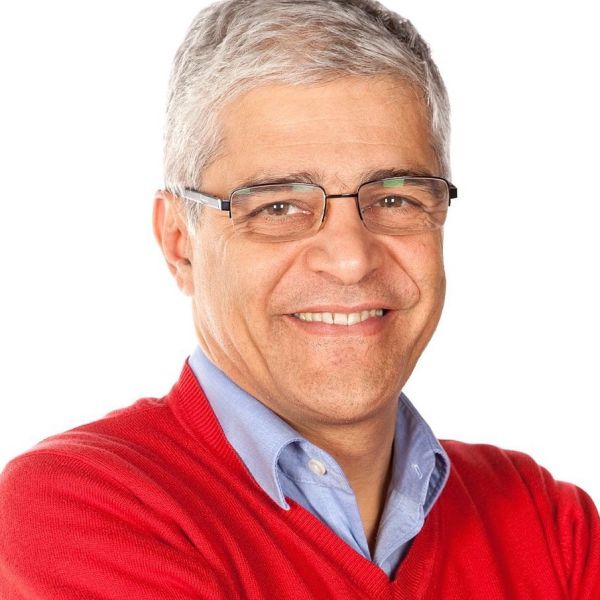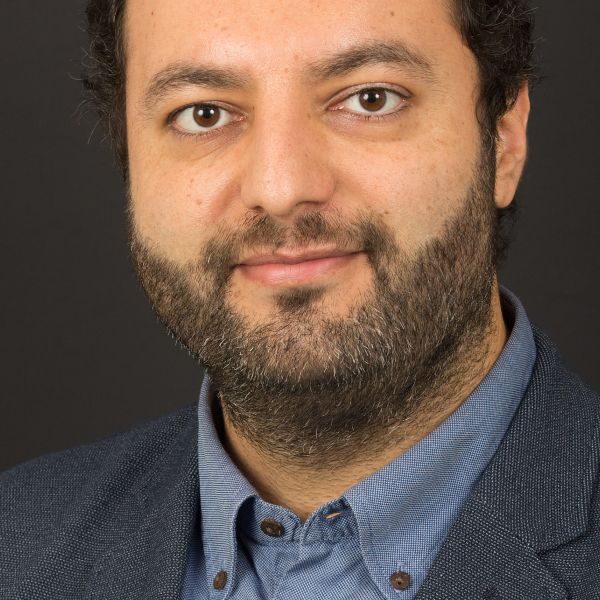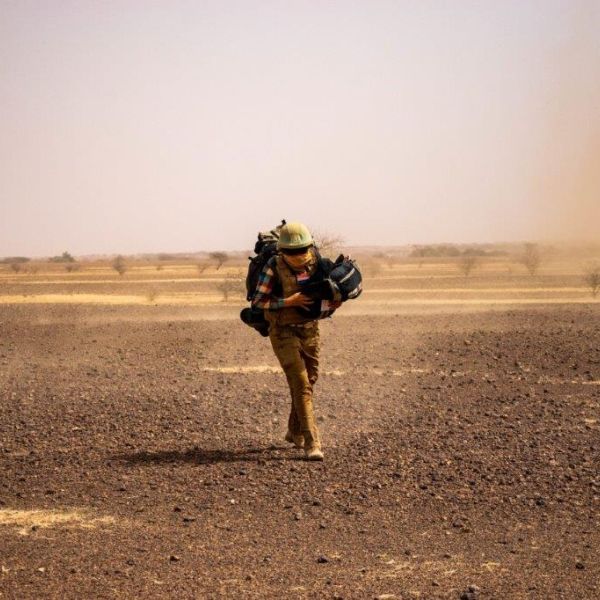75 years of UN in 75 stories: Marcel de Haas
In 2005 Marcel de Haas (1966), department head and instructor at the Alfrink College secondary school in Zoetermeer, launched the Model United Nations Alfrink (MUNA), a variation on the existing MUN conferences. It now hosts 300 representatives from the Netherlands and abroad in its annual meeting.
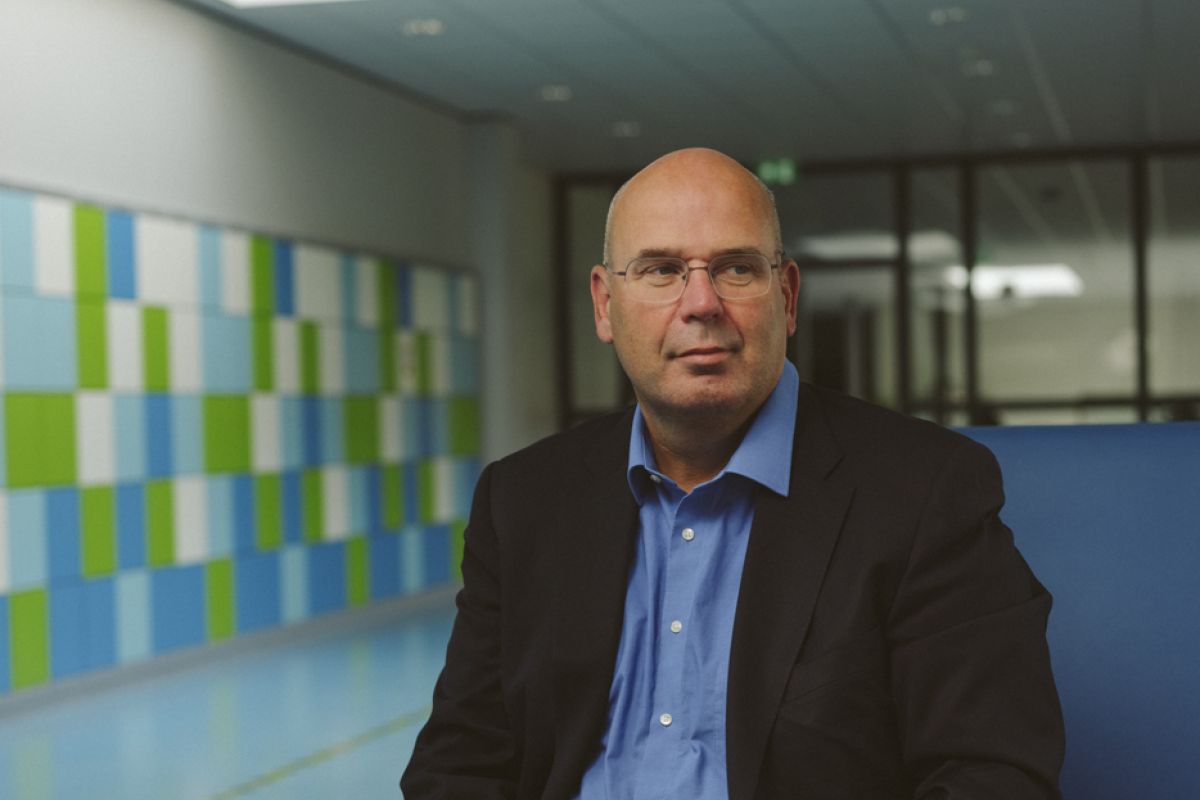
Model United Nations (MUN) conferences have been held in various forms since the 1920s. These events bring together secondary school pupils from various countries to debate the global issues like poverty, human rights violations and climate change.
Unlike other programmes such as the UN Youth Delegate program, the MUN conferences are simulations of the United Nations itself. The pupils participate in a role-play, representing a country and acting as a diplomat or an NGO employee. This gives pupils the opportunity to immerse themselves in international issues and develop skills in debating, critical thinking and negotiating. Many present-day UN personnel participated in Model United Nations activities when they were in school.
“It’s the meetings with speakers that have an impact”
“The MUN is a wonderful project, but I wanted to devote more attention to the people who it’s all about.” What makes MUNA different is its connection to a charitable cause, and its contact with the local people who are doing the charitable work. “So the participants are not just diplomats, but also the people directly involved.” Also notable are the guest speakers, many of whom have been through some very serious things. “It’s these contacts in particular that make the biggest impact,” De Haas says. “When you start talking with them instead of about them, the issues really come to life. They give a face to poverty and refugee crises.”

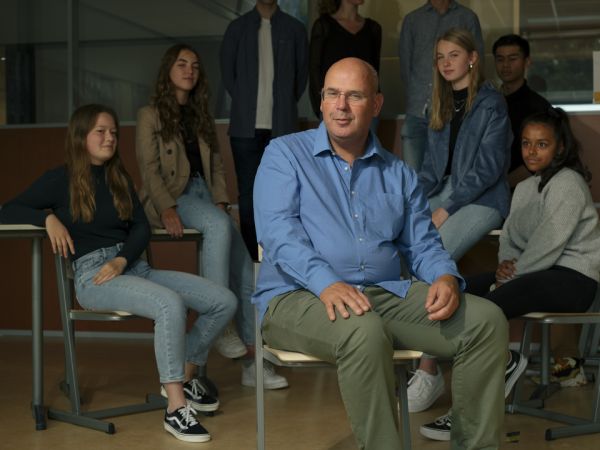
“They give a face to poverty and refugee crises”
De Haas’ social engagement began at an early age. At home, his family always discussed social issues. When he was a little older, he saw people from Amnesty International on a candlelight solidarity walk at the train station in The Hague, he recalls. “That made a huge impression on me. I thought, all that talking is all well and good, but I want to actually do something.” He joined a working group in The Hague, and the rest is history.
He’s particularly proud that the secondary school pupils at Alfrink College have long since moved on from just talking about the issues, and are now taking action themselves. “For example, two upperclassmen put together a whole series of lessons for the underclassmen about human rights. Another group of students collected money for a clinic for Burmese refugees on the Thailand-Myanmar border. And sometimes students keep it up after they leave school. We recently had a former pupil come back to talk to us about the school for street children that he had started in a slum in Rio de Janeiro.”
There is only one place on earth where nearly all the nations of the world sit around the table: the United Nations. The UN focuses on issues that transcend the borders of countries or even affect the entire world, such as peace and security, climate change, education, health, cultural heritage, economic development, and more. To many, the work of the UN seems very abstract, but by engaging with rescue workers, peacekeepers, aid workers, diplomats, eyewitnesses, soldiers, and others involved with the UN, it becomes clear how important the work of this organization is. This is exactly what Humanity House has done. Unfortunately, this organization had to close its doors, but Just Peace and Museon-Omniversum have teamed up to preserve their stories. You can now find these stories on Just Peace's website, and some of them are also included in an exhibition about the UN at Museon-Omniversum.
The 75 Years of UN Stories were collected and curated by Frederiek Biemans for Humanity House.


